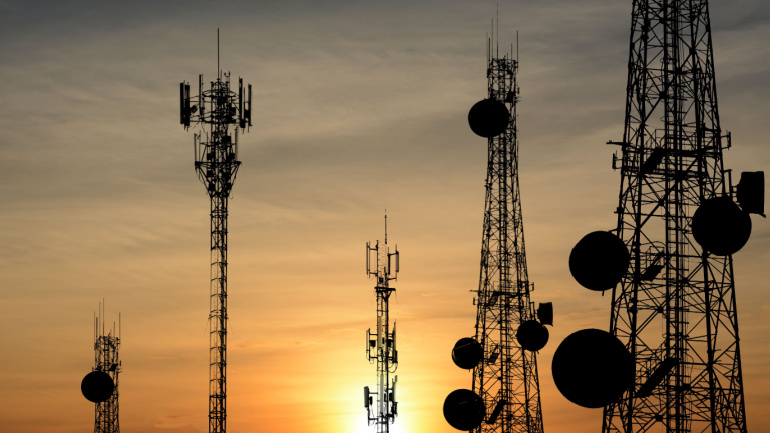As Portugal’s telecom operator Nos marks two years of 5G services, it declares readiness to launch services on a new 5G standalone infrastructure. Despite the slower than expected progress, Nos’s move signifies a key contribution to the sector. Intriguingly, the viability and potential benefits of this new infrastructure remain a matter of debate. With collaborations with Nokia and Ericsson, Nos envisions a surge in ultra-low latency services.
Bridging the gap between past and future, the Cayman Islands are preparing to modernise their underwater cable system, crucial for their international data traffic. Despite serving admirably for decades, the two existing cables are nearing their operational longevity. As such, a $1.69 million partnership with CMC aims to overhaul connectivity, counting on expertise from firms like WFN Strategies and SBM International.
Cellnex, the infrastructure titan, is considering the sale of tower assets in Austria and Ireland in a push to offload financial burdens and deepen roots in the European market. This shift in focus, triggered by last year’s UK Hutch deal completion, aims for organic growth, investment-grade rating, and debt management via strategic divestments. CEO Patuano hints future cash generation post 2027 and potential interest in bidding for Deutsche Telekom’s GD Towers business, crafting a more efficient operational blueprint.
Vodafone’s potential sale of its Italian operations to Fastweb amid TIM’s anticipated network sales sets the scene for a transforming Italian telecom landscape. Amid these changes, Fastweb’s potential merger or acquisition of Vodafone appears rational due to current market dynamics. Nonetheless, political wrangling, rival suitors, and ever-changing regulatory landscapes act as potential roadblocks to this merging of forces. The news underlines the need for strategic shifts amongst Italy’s leading telecom operators amidst significant changes.
In an intriguing shift, Telefónica, the Spanish telecom titan, is exploring potential profits from selling its Tech unit, stirring up future predictions. Insider details reveal engagement with multiple financial institutions and a goal to retain majority control, a factor that might affect investor incentive. Amid this, the Tech division’s impressive financial growth and its strategic significance in enterprise technology are undeniable.
In a strategic move to bolster its European presence, nLighten, the digital infrastructure platform under the umbrella of I Squared Capital, a renowned global infrastructure investor, has successfully acquired Gyro Center (“Gyro”), a high-performance data center situated in Amsterdam. This acquisition marks a significant stride for nLighten as it progresses towards realizing its ambition of establishing and operating the foremost data center platform in Europe.
Distinguished selections, momentous awards, and unprecedented telecom innovations marked the recent proceedings. Notably, Telia Company’s Global IoT Connectivity solution won the B2B Service of the Year, while PT Telekomunikasi Selular took laurels in the Digital Transformation Programme category.
The GSMA annual report depicts a thriving European mobile industry, contributing over €910 billion to the economy in 2022 with projections to hit the €1 trillion mark by 2030. Despite impressive mobile coverage across Europe, certain challenges persist. The report suggests mobile operators need to make sustained investments in networks to meet global competition, and regulatory reform is crucial. Yet, some caution that this could lead to higher prices and no increase in investment, exemplified by the US situation.
The UK government’s recent decision to continue a tax exemption policy marking network gear costs as deductible pre-tax profit boosts established telecom firms like BT, although smaller enterprises might not see similar benefits. This fiscal initiative heavily benefits BT in their £15 billion full-fibre project, increasing their capital spending by £300 million annually, expediting their fibre rollout to 25 million homes by 2026.
Magenta Telekom collaborates with Mavenir, deploying a Cloud-Native IMS solution for advanced voice services like VoLTE and VoWi-Fi, supporting 5G Voice and WebRTC. Snom introduces the C620 DECT conference phone, offering a cordless solution with HD audio quality, wireless microphones, and flexibility for varied environments. CallTrackingMetrics unveils LeadReactor for outbound calling and enhances Zoom integration, optimizing agent productivity. Apple surprises with plans for RCS support on iOS, aiming to improve interoperability between Android and iPhone users,













